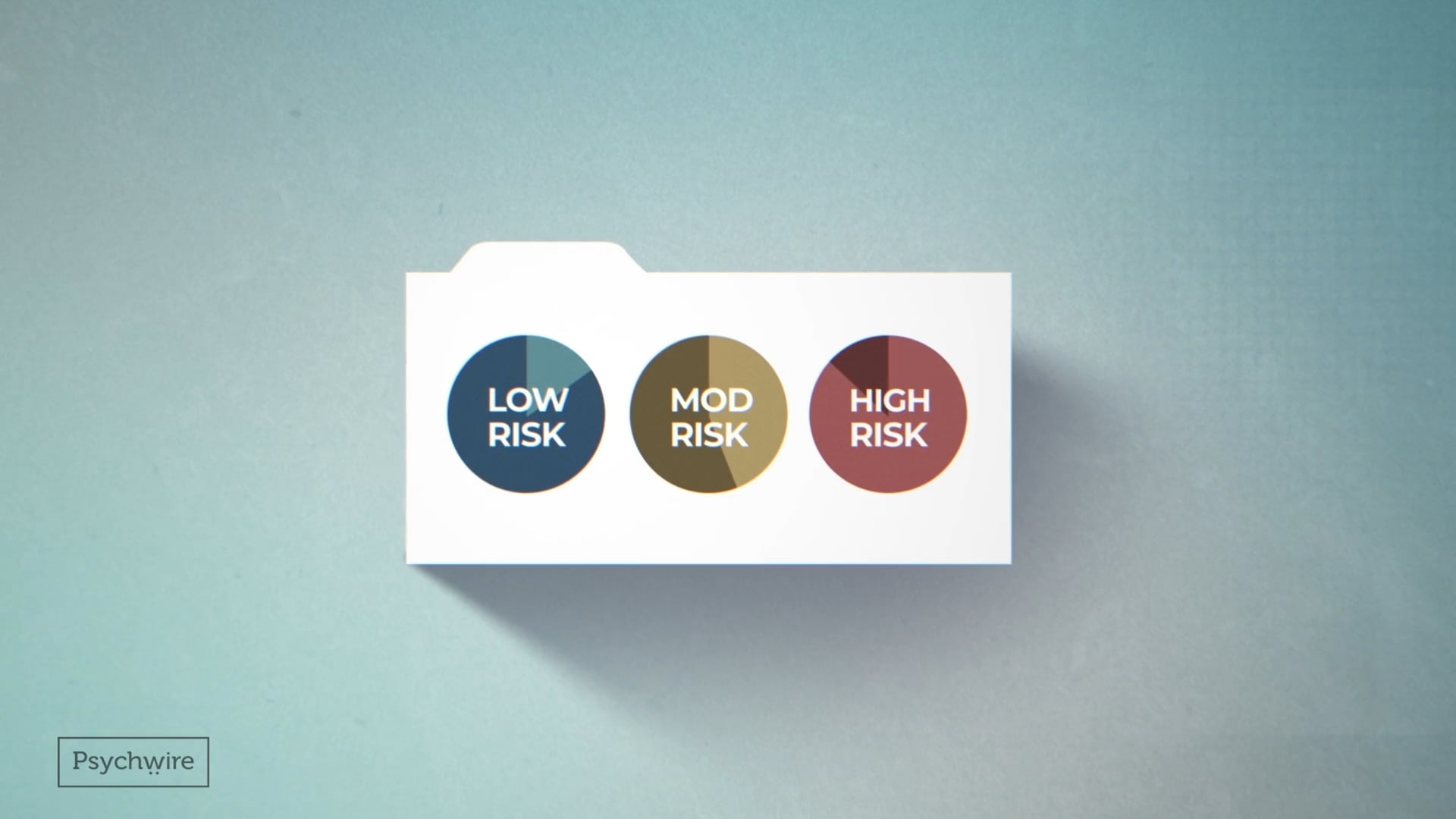
Overcoming Flaws in Suicide Risk Assessment
For years, our field has struggled with suicide risk stratification. In fact, all of you are familiar with the terms low, moderate, and high suicide risk. The problem is when we use those terms low, moderate, and high, what do we mean? If I'm working with an inmate on a federal prison, and I say that this inmate is at low risk for suicide, do I mean the exact same thing that someone working with a high schooler means when they say that the high schooler is at low suicide risk?
What do we mean when we say low? Low compared to who? I compared to what? Moderate compared to when. Instead, we need to work for a language and a way of, formulating risk that makes sense. With different populations in different settings. One of the biggest problems with our low, moderate, and high stratification is that it actually had pretty low predictive validity. It had very low cross-clinician reliability. And it lacked utility in terms of how useful the information could be in planning and responding.
So rather than using low, moderate, and high, which doesn't really give us a lot of information. Nor does it help us to understand what we're comparing the low, moderate, and high to? What if we used a language that really anchored risk? Both contextually. So based on its context, and population wise. That would be so much more helpful.
Risk status actually anchors the person's risk according to context. Risk state anchors the person's risk according to their own experiences over time. So both of those constructs help us to decide on the person's level of risk.